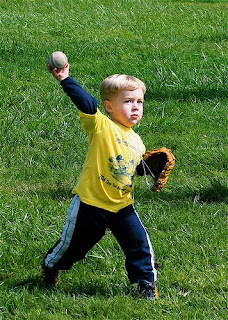 This time we will talk about the effects of air pollution. THE EFFECTS OF AIR POLLUTION Studies have shown that adults in the nation's most polluted cities - even cities that meet EPA air quality standards - are 15% to 17% more likely to die prematurely than those in cities with the cleanest air (Source: Dockery, et al., Harvard School of Public Health, 1995).
This time we will talk about the effects of air pollution. THE EFFECTS OF AIR POLLUTION Studies have shown that adults in the nation's most polluted cities - even cities that meet EPA air quality standards - are 15% to 17% more likely to die prematurely than those in cities with the cleanest air (Source: Dockery, et al., Harvard School of Public Health, 1995).
And how about the kids? It is recognized that because of their physiology, children are at greater risk than adults are from both short- and long-term illness from breathing noxious air. Children consume more oxygen than adults to maintain body warmth. An infant consumes three times as much air per pound of body weight as an adult - that means three times more pollutant per pound of body weight! Children are more likely to breathe faster through their mouths. Breathing through the nose filters out as much as 90% of some pollutants before they reach the lung. Children, especially those under 10, are more sensitive to damage because their lungs are still developing.
And the result, the children receive more concentrated doses of pollutants that they are less equipped to handle than adults are. Computer models show that children can receive three to four times as many pollution deposits as adults. In the short term, high levels of air pollution have been linked to higher incidence of respiratory tract infections, such as colds and croup, and asthma - which jumped 58% among six to eleven year olds in the 1970s. Children living in particle smog hot spots suffer more chronic bronchitis and school absences due to chest colds and pneumonia. Research into the long-term effects of kids' growing up under brown skies is underway and still incomplete, but what we do know is not good. Children may be suffering from air pollution long before the damage is obvious. A University of Southern California Study released in 1990 compared children from Houston and Southern California. And the results: children in California's South Coast Air Basin suffered a 10% to 15% loss in lung function compared with Houston children. In essence, these kids' lungs are aging prematurely, and they are running out of lung. When these kids get to be 20 to 25, the natural trend is for lung capacity and flexibility to go down. A lower lung capacity when the downward curve begins suggests deleterious effects on health in later years.
Sunday, April 27, 2008
The Effect Of Air Pollution For Kids
Posted by onesecond at 12:02 PM
Labels: Environment, Health, Home
Subscribe to:
Post Comments (Atom)
No comments:
Post a Comment